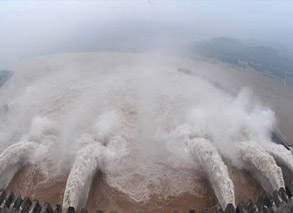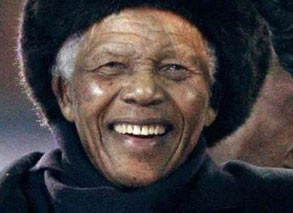My Low-carbon Life: A new trend
2010-01-18 18:16 BJT
Following the Copenhagen Conference, China set a target of cutting the nation's carbon intensity by 45 percent by 2020 compared with the level of 2005. Energy conservation and carbon reduction has become a challenge for the government and people of China. Starting today, CCTV begins a special series called "My Low-carbon Life". We profile the small activities that could create big change in society. In our first episode, reporter Han Bin finds out that low-carbon lifestyle has become a trend among certain groups of people.
And tomorrow in our "My Low Carbon Life", our reporter Liu Ming will take us to visit an ordinary Beijing resident's house. He will show us how the concept of low-carbon living is being integrated into people's every day life.
Checking expire dates.
Lin Hui always selects products with longer shelf life when he shops. He says this is to reduce waste and ultimately reduce greenhouse gas emissions such as carbon dioxide.
He believes consumer attitudes can change methods of production, and encourage people to live a low-carbon lifestyle.
Lin said, " Paper cups are made from cutting forests. We should try not to use them, or select the smaller ones when we do. Because trees can absorb carbon dioxide and reduce greenhouse gas."
Back in his office, Lin Hui works for an environmental website he and his friends set up two years ago. It provides all kinds of information about carbon offset, including environment policies, tips on how to save energy and so on.
Lin Hui says promoting a low-carbon lifestyle is a personal mission that will never end.
Lin said, "When people talk about low-carbon life, they often think it's the matter of entrepreneurs, but they forget they themselves are the real engines of production. We should promote low-carbon consumption."

 Mail
Mail Share
Share Print
Print


 Video
Video









 2009 China Central Television. All Rights Reserved
2009 China Central Television. All Rights Reserved